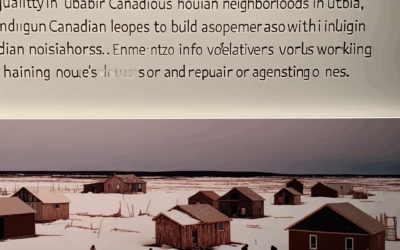Temporary Foreign Worker Rights in Canada: Know Your Protections
Canada relies heavily on temporary foreign workers (TFWs) to fill labor gaps in various industries, from agriculture to healthcare. While these workers contribute significantly to the economy, their rights are often misunderstood or overlooked. Understanding labor protections is essential for both employers and employees to ensure fair treatment and compliance with Canadian laws. This article explores key rights under the Temporary Foreign Worker Program (TFWP), workplace safeguards, legal recourse for violations, and pathways to permanent residency. Whether you’re a TFW or an employer, knowing these protections fosters a safer and more equitable work environment.
The Legal Framework Governing Temporary Foreign Workers
Canada’s Immigration and Refugee Protection Act (IRPA) and the Temporary Foreign Worker Program (TFWP) establish the legal foundation for TFWs. Employers must obtain a Labor Market Impact Assessment (LMIA) to prove no Canadian workers are available for the role. Once hired, TFWs are protected under provincial and federal employment laws, ensuring minimum wage, overtime pay, and safe working conditions. However, visa restrictions—such as being tied to a single employer—can create vulnerabilities. Recent reforms aim to strengthen protections, including stricter employer compliance reviews and penalties for violations.
Key Workplace Rights and Protections
TFWs enjoy the same basic rights as Canadian workers, including:
- Fair wages: Must meet or exceed provincial/territorial minimum wage standards.
- Safe working conditions: Employers must comply with occupational health and safety regulations.
- Access to healthcare: Most TFWs qualify for provincial health coverage after meeting residency requirements.
Workers cannot be forced to:
- Pay recruitment fees (employers must cover these costs).
- Work beyond contracted hours without overtime pay.
- Forfeit passports or work permits.
Common Violations and How to Report Them
Despite legal protections, abuses occur, including unpaid wages, unsafe housing, or threats of deportation. Signs of exploitation include:
- Being paid below agreed-upon wages.
- Denied breaks or forced to work excessive hours.
- Retaliation for raising concerns.
Workers can report violations anonymously to Employment and Social Development Canada (ESDC) or provincial labor boards. Unions and advocacy groups (e.g., Migrant Workers Alliance for Change) also provide support.
Pathways to Permanent Residency
Some TFWs transition to permanent residency through programs like the Canadian Experience Class or provincial nominee streams. Key requirements include:
- Valid work experience in Canada.
- Language proficiency (English/French).
- No unresolved immigration violations.
Employer support can enhance applications, but workers aren’t solely dependent on their current employer—exploring options early is critical.
Challenges and Ongoing Reforms
Critics argue the TFWP perpetuates a “two-tier labor system,” where TFWs face precarity due to employer-specific permits. Advocates push for:
- Open work permits to reduce dependency on single employers.
- Faster access to permanent residency.
- Stronger penalties for non-compliant employers.
Recent government pilot programs, like the Recognized Employer Pilot, aim to streamline processes for trustworthy employers while safeguarding worker rights.
Empowering Temporary Foreign Workers
Knowledge is power: TFWs should familiarize themselves with their contracts, provincial labor laws, and available resources. Employers must uphold ethical hiring practices to maintain program integrity. Canada’s evolving policies reflect a balancing act between economic needs and human rights—ensuring TFWs are treated with dignity benefits everyone. By staying informed and asserting their rights, temporary foreign workers can navigate the system more confidently and secure a brighter future in Canada.



